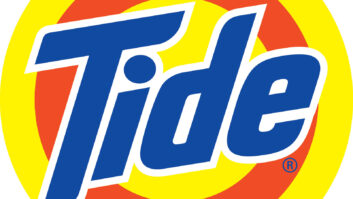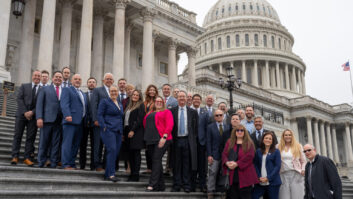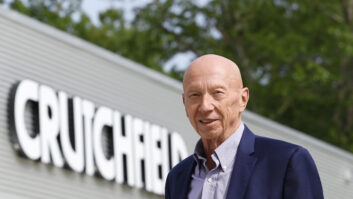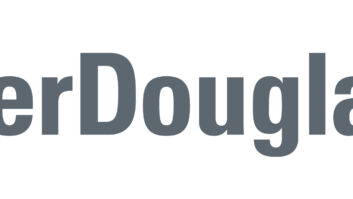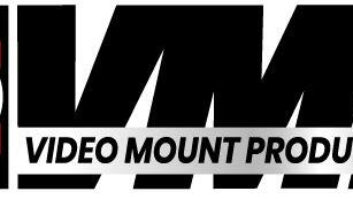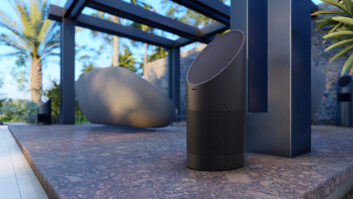Electrolux celebrated the 85th anniversary of its Frigidaire brand last month by throwing a gala birthday bash at the posh Plaza Hotel here for 31 of its oldest operating dealers.
The event featured vintage Frigidaire appliances, costumed actors who performed in period vignettes, and a tribute-to-dealers dinner hosted by recently named Electrolux president Keith McLoughlin.
In his opening remarks, McLoughlin noted that the anniversary event, and the long-term loyalty of Frigidaire dealers, “demonstrates the importance of the independent channel.” Attendees returned the compliment. “It’s unique to see a vendor honoring dealers for their longevity rather than their sales volume,” observed Warren Mann, executive director of the MARTA Cooperative of America, a buying co-op.
Among those honored was Gene Janecka, owner of the longest-serving Frigidaire dealership, Adamcik’s of LaGrange, Texas, which began carrying the brand in 1922.
Between festivities, TWICE sat down with McLoughlin, a former DuPont exec, to get his take on his company, his industry and his first six months in the corner office.
TWICE:Any surprises in your new job?
Keith McLoughlin: Yes! [Laughs.] But I couldn’t be happier.
I’ve found this to be a fast-moving, customer-obsessed, externally focused organization with great assets. We have a very low-cost mentality and have re-invested in R&D and the brand. We’re fast, flexible and grounded. We get things done because customers want answers in a timely manner.
This is not an easy business, but there’s lots of opportunity out there.
TWICE:How is business?
McLoughlin: Our business has been quite good. It’s picked up for most of our customers, although the ‘dog bone’ effect is still out there — the middle is shrinking and the high- and low-end are growing. But we’ve been delivering some value, and the consumer is voting for Electrolux.
Industrywide, business through August was pretty flat, up maybe one or two percent, although it’s been picking up over the last 45 days. The economy is coming back and the stock market is percolating again, although unemployment is still at 6 percent.
Housing is an important indicator. Resales are a correlating index for major appliances, because there’s a significant likelihood of an appliance change with every move. Projections for new housing starts are still strong, and despite a minor uptick in mortgage rates, interest rates and inflation remain low.
The key for us, though, is the third-quarter earnings reports and the top line. If we’re seeing growth out there, we’ll commit more capital.
TWICE:Dealers have singled out Electrolux/Frigidaire for its strong commitment to independents. How do you handle the delicate balancing act that is channel management?
McLoughlin: We have a very defined and narrow distribution strategy. Obviously the independents are very important to us, but we also sell Lowe’s, Sears and Best Buy. But that’s it. We don’t do business with any other home centers or discount houses. We made a conscious decision to have a little more narrow and deeper strategy rather than a broad, shallow approach.
We also owe much of our success to our folks in the field. Our sales and marketing organization understands retail quite well, and it also understands that business happens between people. They understand margins, mark-ups and trade-ups, and they talk to dealers in their own language.
So our channel management is quite strong, but it’s backed up by strong products. The quality is good and the delivery service is best in class.
TWICE:What’s the latest on the new, higher-end Electrolux branded line?
McLoughlin: Industry reaction has been phenomenal. Right now we’re refining the products — they’ve been fleshed out a bit more — and are determining a channel strategy. We’re looking at a first quarter launch.
TWICE:What’s been the impact of the new Asian imports?
McLoughlin: Our Asian competitors are having an impact on the price-value relationship and on supply and demand. But they have several challenges to overcome, including shipping, freight and distribution. The math doesn’t work.
Ultimately, consumers and dealers will only buy a product if it offers sufficient value, so we have to make sure we stay ahead of the curve.





